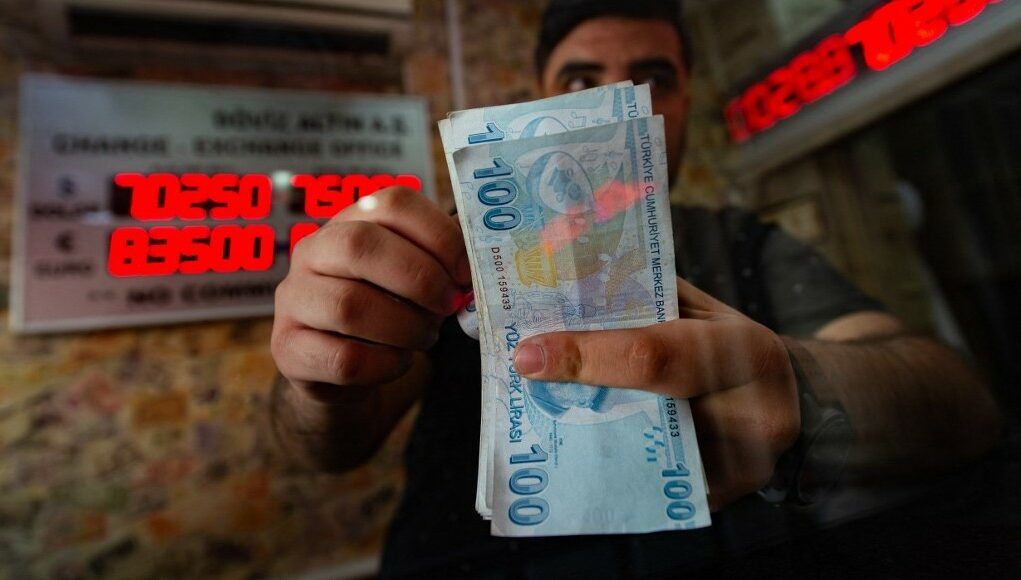FXOpen

The Turkish Lira has been a currency that has held the international limelight for a few months now, largely due to the massive volatility that it has been experiencing as Turkey's national economy struggles with outlandish levels of inflation.
Over the last few months, Turkey has been battling inflation levels of approximately 70%, and the its national currency, the Lira, has been the subject of detailed analysis in that it has faced a severe crisis.
The Turkish Lira, although not a major currency, is widely traded against majors such as the Euro, US Dollar, Swiss Franc, Japanese Yen and British Pound and as a result of this status, it has been an important currency to monitor recently as the economic circumstances which the Turkish economy has faced impinge on its value.
This week, the Turkish government took drastic action by enforcing a ban on companies based in Turkey which have significant reserves of foreign currency from taking loans.
This resulted in an increase in the value of the Turkish Lira, however yesterday the Turkish Lira actually whipsawed against the US Dollar as the most interesting stage in a four-day rally in value by the Turkish currency.
Whipsawing is a term used by traders which describes a pattern in a volatile market in which a sharp price movement is suddenly followed by a sharp reversal.
In the case of the Turkish Lira, the currency rallied against the US Dollar on Friday last week, at one point surging by 5% against the US Dollar, which is the highest it has gained this year.
Overall on Friday, the Turkish Lira had traded up 2.5%, which is the biggest gain of any currency in the world against the US Dollar during Friday's trading session.
As this week has progressed, the upward trend continued for the Lira until yesterday, when it whipsawed.
By Monday morning this week, the Turkish Lira had gained an impressive 8% against the US Dollar, trading at 16.01 compared to Thursday's close of 17.35.
However, on Monday afternoon, late into the European trading session, the Turkish Lira whipsawed within the 16 to 17 Lira per US Dollar range.
These volatile movements reflected the varied opinions of investors regarding the new ban on loans to companies which hold reserves of non-Turkish currency.
The policy, which affects around 10,000 businesses in Turkey, means that if those companies wish to obtain commercial loans, they would have to sell a sufficient amount of their non-Turkish currency reserves on the Forex market and then buy Lira instead. The idea of this is to attempt to bolster the value of the embattled Turkish Lira which has lost half of its value in the past 12 months.
The new rule stipulates that all companies which hold the equivalent of 15 million Turkish Lira in non-Turkish currency, cannot borrow lira if their FX funds exceed 10% of their assets or yearly sales. 15 million Turkish Lira is approximately $910,000.
Smaller companies which cannot take loans in non-Turkish currency are exempt from this ruling as long as their FX position is net, and they are allowed to borrow in Lira.
The government's stringent action is indicative of the crisis which the Lira faces, as the inflation level reached 73% recently, removing the purchasing power of the vast majority of the nation's citizens and businesses.
The Lira is clearly now a volatile currency against majors and therefore one to watch.
This article represents the opinion of the Companies operating under the FXOpen brand only. It is not to be construed as an offer, solicitation, or recommendation with respect to products and services provided by the Companies operating under the FXOpen brand, nor is it to be considered financial advice.
Stay ahead of the market!
Subscribe now to our mailing list and receive the latest market news and insights delivered directly to your inbox.








